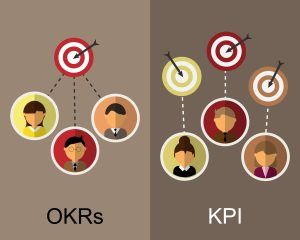Why would you take a minority investment in your established business?
Minority investment offers growth capital, retains control, adds expertise, enables partial exits, and can transform your business with the right partner.
In case you are not aware OKR stands for Objectives and Key Results and TLA stands for Three Letter Acronyms – I blame IBM (International Business Machines) who started all this TLA stuff.

In case you are not aware OKR stands for Objectives and Key Results and TLA stands for Three Letter Acronyms – I blame IBM (International Business Machines) who started all this TLA stuff.
Apparently, OKRs were developed by Andrew Grove, the then CEO of Intel Corporation in the 1970s and they became so effective that they were later adopted by Google who really put them on the map and they were then adopted by many other tech giants.
However, whilst this methodology was developed and finessed by the Tech giants in the USA it is now being used by businesses worldwide, large and small.
Businesses of all sizes have been using Key Performance Indicators (KPIs) for many years to measure performance over time for a specific objective and I have found them to be a very useful management tool. OKRs are not intended to replace KPIs but to supplement them.
According to Wikipedia: Objectives and key results (OKR, alternatively OKRs) is a goal-setting framework used by individuals, teams, and organizations to define measurable goals and track their outcomes.
Adobe advocates that the Top 15 benefits of using OKRs are:
A lot of this is common sense (the least common of all senses)
It is fundamentally a goal-setting methodology that can help your team set and track measurable goals.
A whole industry of authors, consultants, experts and software packages has emerged around the OKR phenomenon so there is plenty of help out there, if you do a Google search on OKRs you will get nearly 43m results!
Minority investment offers growth capital, retains control, adds expertise, enables partial exits, and can transform your business with the right partner.
Read the key things business leaders need to know about delegation.
AI reveals top CEO concerns: strategy, efficiency, talent, growth. Join Pabasso for real peer support, not artificial answers.
A grateful farewell from a member opens a rare spot on our @Pabasso board—want in? Try our free taster event next week.